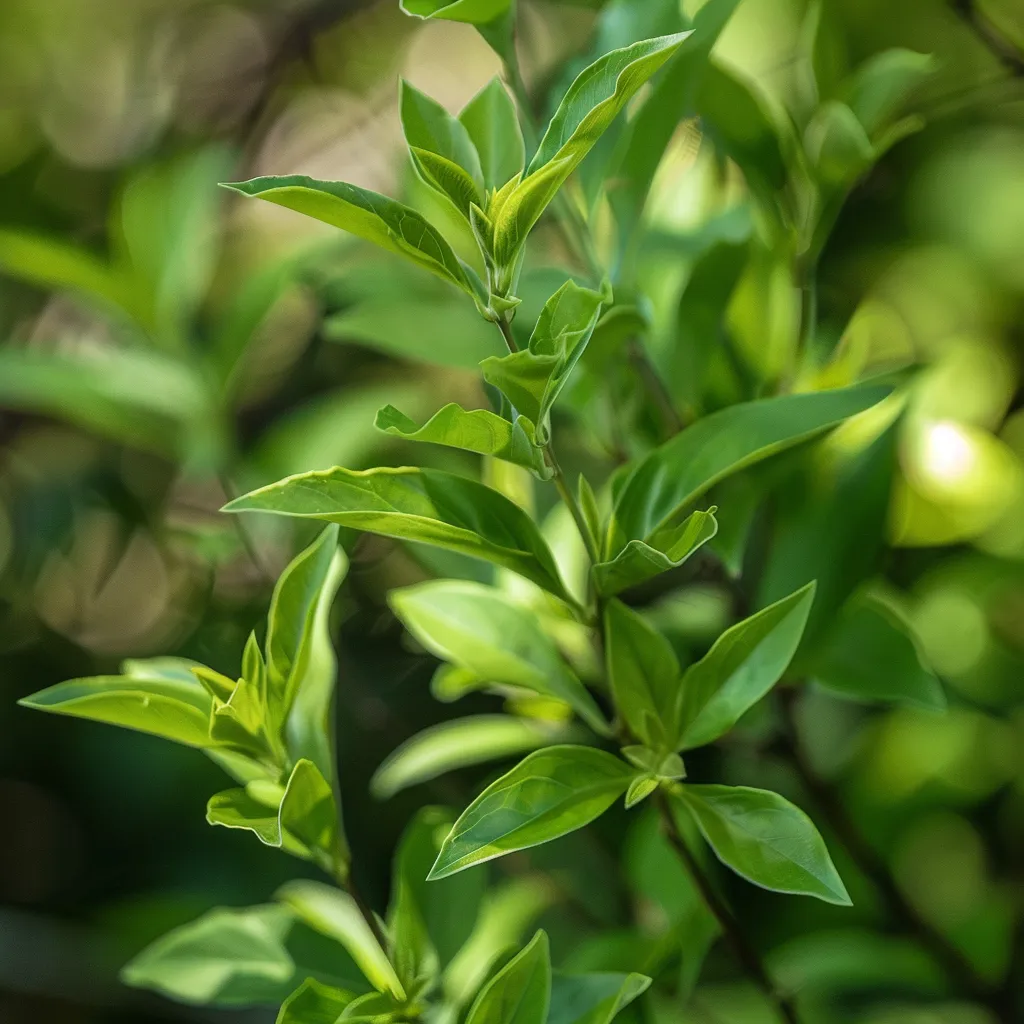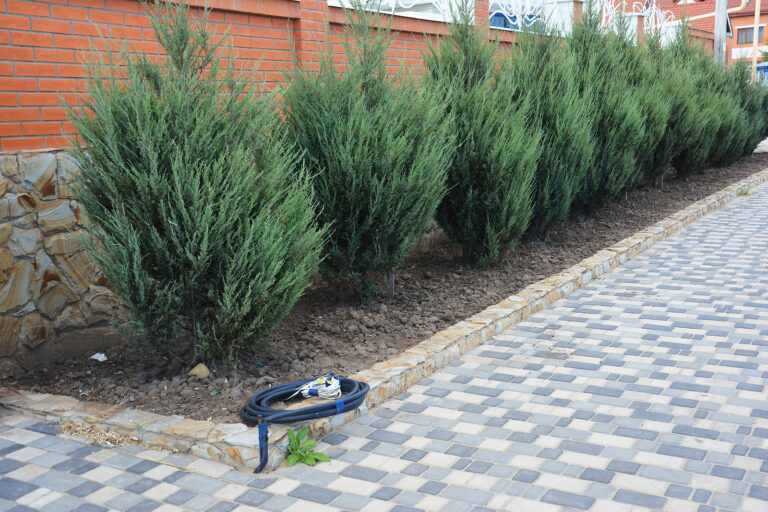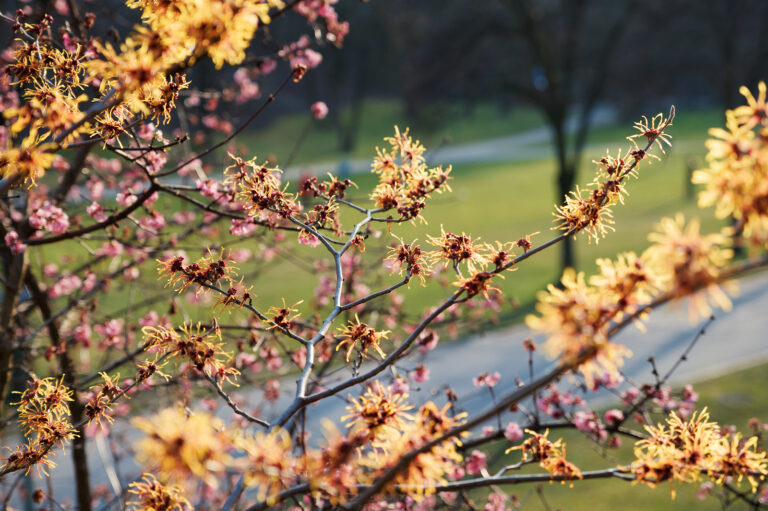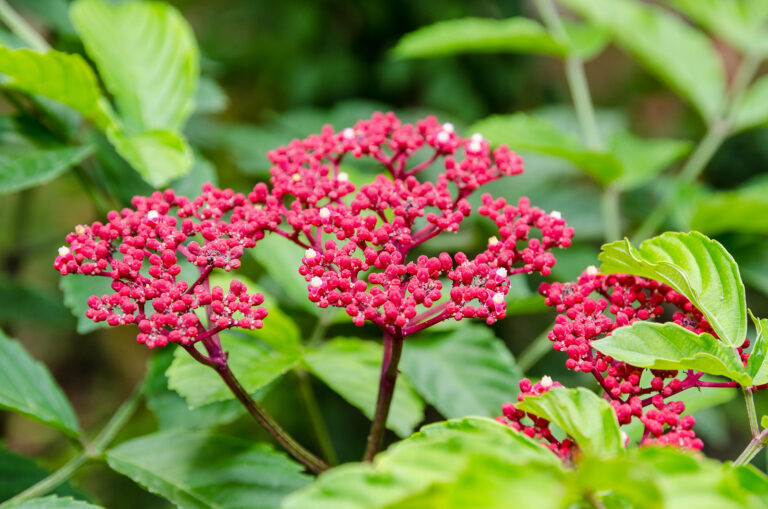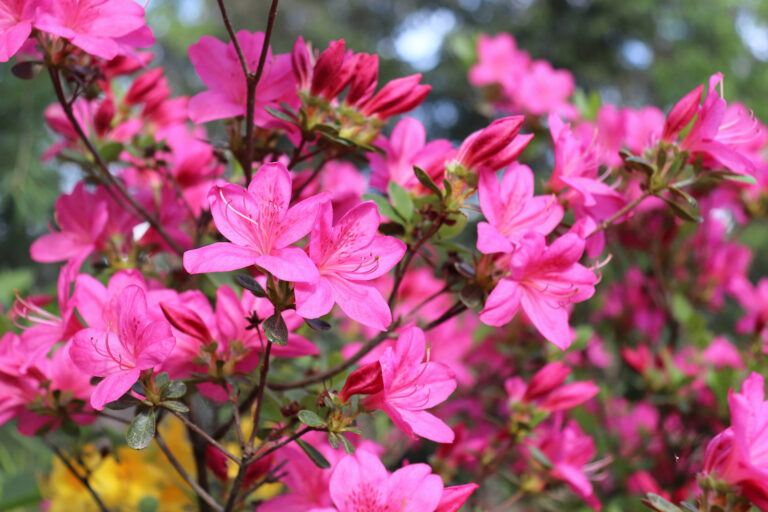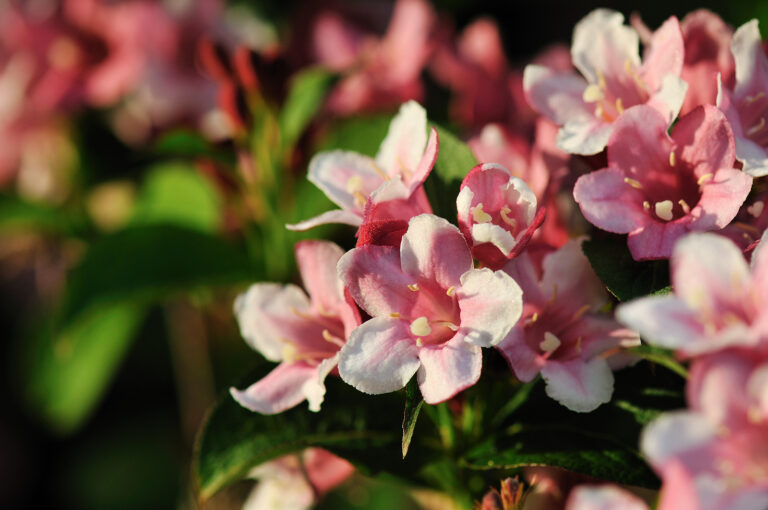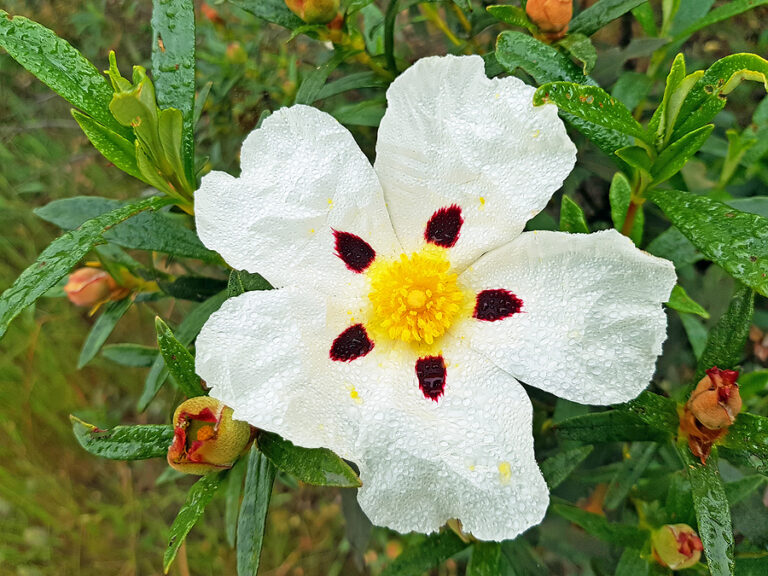How to Grow Xylosma
Xylosma congestum, commonly known as Shiny Xylosma or Shiny-leaf Xylosma, is an evergreen shrub or small tree that belongs to the Salicaceae family. It features glossy, oval-shaped leaves that are bright green with a slight serration along the edges, giving the plant a vibrant and attractive appearance.
Xylosma can grow up to 10 to 15 feet in height, but with regular pruning, it can be kept smaller and shaped into hedges or topiaries. In spring, it produces small, inconspicuous, yellow-green flowers that are not showy but add to the plant’s lush foliage. Occasionally, it may develop tiny, blackish berries that attract birds. This versatile and hardy plant is commonly used in landscaping for hedges, privacy screens, or as a background plant due to its dense growth habit.
Xylosma is a genus of evergreen shrubs or small trees that are commonly found in tropical and subtropical regions. They are known for their attractive glossy green leaves that are often oval-shaped with serrated edges. Xylosma plants produce small clusters of white or yellow flowers that are followed by small berries that can range in color from red to black. These plants are popular for use in hedges or as specimen plants in gardens due to their dense foliage and ability to be easily pruned into shape. They prefer well-drained soil and full sun to partial shade. Xylosma plants are generally low-maintenance and can tolerate a range of soil and environmental conditions, making them a versatile choice for landscaping.
Xylosma is a member of the Flacourtiaceae family.
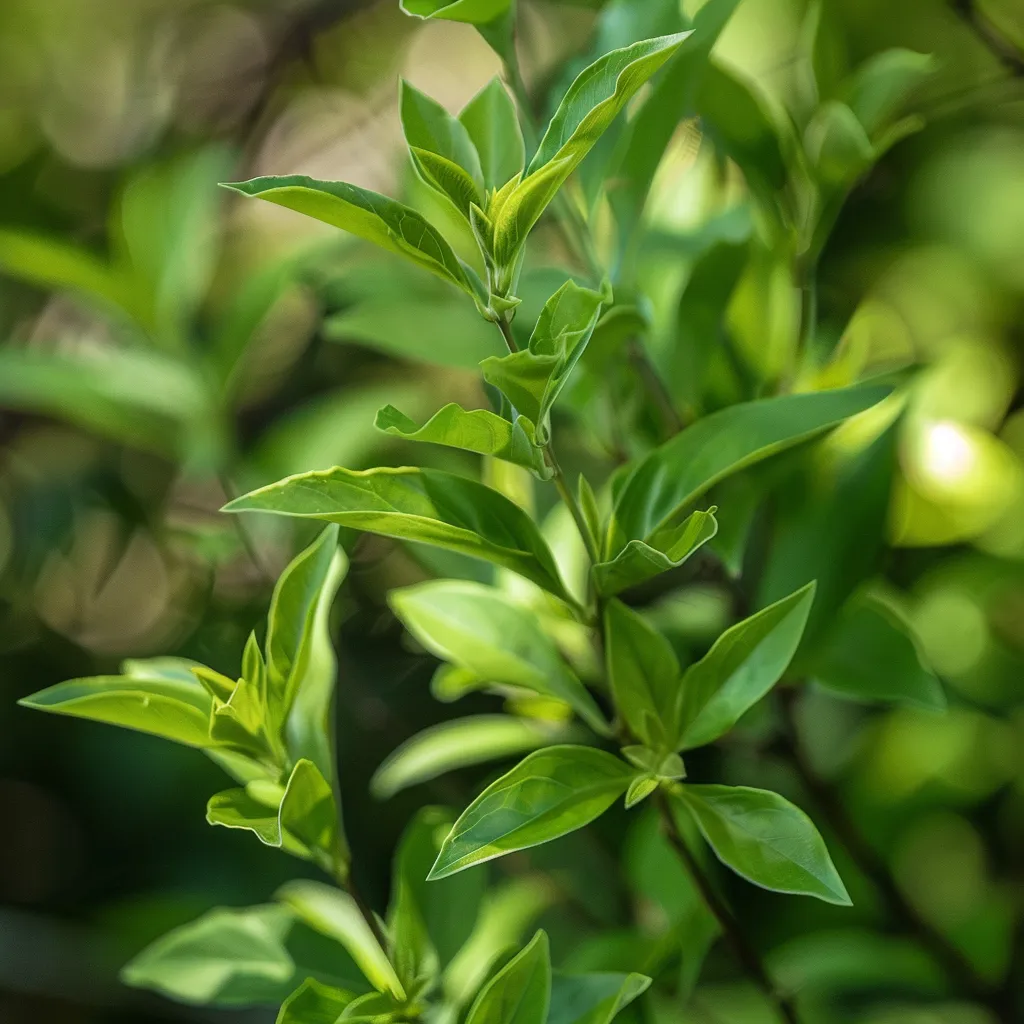
How to plant and grow Xylosma congestum
- Site Selection: Choose a location in your garden that receives full sun to partial shade. Xylosma congestum prefers full sun but can tolerate some shade, especially in hotter climates where some afternoon shade might be beneficial.
- Soil Requirements: This shrub thrives in well-draining soil but is adaptable to a variety of soil types, including loam, sandy, or clay soils. If your soil is heavy or poorly draining, consider adding organic matter like compost to improve aeration.
- Planting: Dig a hole that is twice as wide and the same depth as the root ball. Place the plant in the hole, making sure the top of the root ball is level with the surrounding soil. Fill in the hole with soil, gently firming it around the base of the plant to eliminate air pockets. Water thoroughly after planting.
- Watering: Xylosma congestum is relatively drought-tolerant once established, but it will benefit from regular watering during the first year of growth to help establish a strong root system. Water deeply and less frequently to encourage deep rooting.
- Mulching: Apply a 2-3 inch layer of mulch around the base of the plant to help retain soil moisture, suppress weeds, and regulate soil temperature. Keep the mulch a few inches away from the trunk to prevent rot.
- Pruning: Prune regularly to maintain the desired shape, whether as a hedge or a small tree. It responds well to pruning and can be shaped into various forms. Pruning in late winter or early spring before new growth appears will promote a fuller, more compact growth habit.
- Fertilizing: Feed with a balanced, slow-release fertilizer in spring to encourage healthy growth. Avoid over-fertilizing, as excessive nitrogen can promote leggy growth.
- Pest and Disease Management: Xylosma congestum is relatively pest-free but may occasionally attract aphids or scale. Regular monitoring and proper care will usually keep these pests at bay.
Where to plant Xylosma
- Xylosma thrives in well-draining soil and full sun to partial shade. Make sure to plant it in a location where it can receive at least 6 hours of sunlight per day.
- Xylosma prefers moist, fertile soil with a pH level between 6.0 to 7.5. Ensure good drainage to prevent waterlogged roots.
- Make sure the location you choose has good air circulation and enough space for the plant to grow.
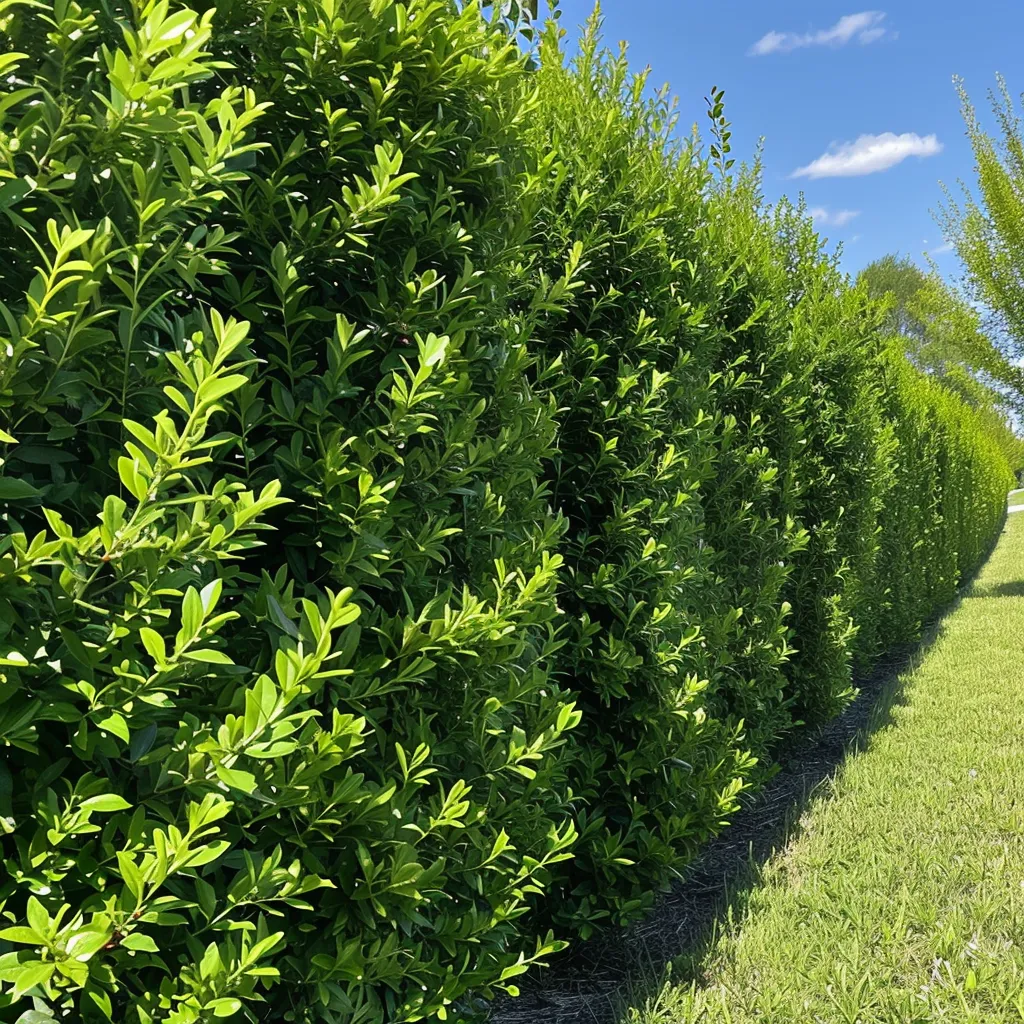
When to plant Xylosma
- Plant container grown Xylosma in spring and fall. Avoid planting in hot summer weather.
Planting and spacing Xylosma
- Space Xylosma plants about 15 feet apart. Xylosma grow to about 15 feet tall and wide.
- Dig a hole slightly larger than the root ball of the xylosma plant and plant it at the same level as it was in the container. Water the plant thoroughly after planting.
- Dig a hole that is as deep and wide as the plant’s root ball. Place the plant in the hole, backfill with soil, and tamp down gently to remove any air pockets. Water the plant well after planting.
How to water and feed Xylosma
- Water your Xylosma regularly, especially during hot, dry weather. Water deeply, but allow the soil to dry out slightly between waterings to prevent root rot. Be careful not to overwater as it can lead to root rot. Allow the soil to dry out slightly between waterings.
- Feed your Xylosma with a balanced fertilizer in the spring and early summer to promote healthy growth and blooming. Follow the instructions on the fertilizer package for the correct dosage.
Xylosma care
- Prune your Xylosma in the late winter or early spring to encourage bushier growth and remove any dead or diseased branches. Xylosma can also be shaped into a formal hedge. Thin out the plant to improve air circulation and sunlight penetration.
- Mulch around the base of your Xylosma to help retain moisture, suppress weeds, and protect the roots in extreme temperatures. Use organic mulch like bark chips or shredded leaves, and replenish it as needed. Use a 2-3 inch layer of organic mulch, such as wood chips or bark.
Xylosma pests and diseases
- Xylosma is relatively pest and disease-resistant, but you should still keep an eye out for common pests like aphids, spider mites, and scale insects. Treat any infestations promptly with insecticidal soap or neem oil.
- Monitor your plant regularly and treat any issues promptly with insecticidal soap or fungicide.
- Xylosma plants are generally resistant to diseases but may develop fungal issues in wet conditions.
Xylosma propagation
- Xylosma plants can be propagated from cuttings taken in spring or summer. Dip the cut end of the cutting in rooting hormone and plant it in a pot with well-draining soil. Keep the cutting moist and warm until roots develop.

